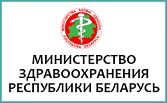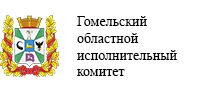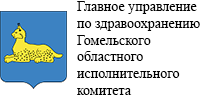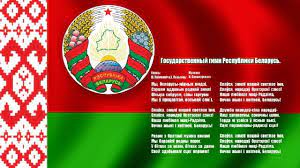Clinical signs of breast cancer
There are 3 forms of breast cancer:
1.Uzlovaya
2. Diffuse
3. Paget's disease
The most common form of breast cancer is the nodular form. Nodular form manifests itself in different ways depending on the stage of the process. Clinical manifestation of this form is the appearance of a dense knot in a given breast portion which is felt even when the magnitude of 1 cm, if it is situated close beneath the skin, more than 2 cm. The tumor has a dense texture, bumpy surface, painless, partially displaced with respect to The tissues of the mammary gland itself. The uppermost quadrants are most often affected, the lesion of the right and left mammary glands occurs almost identically.
When trying to take the skin over the tumor into the fold, there is an attraction (symptom of the site) or wrinkling. With further growth of the tumor, germinating the skin, may cause its retraction deeper (umbilikatsii symptom), breast deformation, edema (symptom lemon peel over the tumor or outside), retraction of the nipple; Often thickens the nipple, there is edema of the areola (Krause symptom). The presence of single or several dense, round, painless nodules in the armpit basin of the same side is revealed.
Further development of the tumor leads to complete germination of the skin, which can lead to ulceration and decay of the tumor. Formed an extensive ulcer with vyvorochennye dense and bumpy edges, deep, easy bleeding bottom covered with dirty gray necrotic tissue with bad odor. The ulcer gradually increases, deepens, until the defeat of the ribs, sternum. There is bone destruction and severe pain.
Diffuse form.
In some cases, the tumor grows in the form of a diffuse infiltrate that permeates the mammary gland in all directions. There are several forms of diffuse breast cancer:
1.Rozhist like. The clinical picture resembles erysipelas. The mammary gland is edematous, enlarged, diffuse reddening of the skin of the mammary gland is noted, the reddening spreads beyond the mammary gland to the chest wall. However, unlike erysipelas, skin temperature, if it is elevated, is insignificant. Axillary lymph nodes, which acquire a rounded shape, are painless.
2. Mastitis-like form is characterized by the presence in the mammary gland of a dense infiltrate without clear boundaries with edema of the tissues and skin hyperemia. Unlike true mastitis, with this form of cancer there is no high temperature, enlarged regional lymph nodes are painless. Foci of decay may occur with the addition of a secondary infection, which presents great difficulties for differential diagnosis.
3.Pantsirnaya form - the breast is reduced, deformed and becomes much less healthy. It is dense, tuberous.
4.Otchechno-infiltrative form is characterized by the presence in the mammary gland of a dense infiltrate, which has no clear boundaries. She is characterized by edema of the skin, an increase in the mammary gland that hangs below the healthy one. The skin looks like a lemon peel. In the axillary zones can be determined large dense lymph nodes.
Paget's disease.
It occurs in 0.5 - 3% of cases of breast cancer. The disease is relatively slow and can last several years. It begins with the reddening and thickening of the nipple, the appearance of dry and damp crusts and strings. When the latter fall away, a moist, granular surface is found. In the initial stages of this form of cancer it is not much different from the banal eczema, but unlike eczema Paget's disease is not amenable to drug treatment. With the passage of time spreads to the areola, the nipple gradually flattenes, ulcerates, the process extends to the skin of the breast beyond the areola. Infiltration passes to the subcutaneous tissue and breast tissue, and enlarged metastatic lymph nodes in the armpit are defined.






























